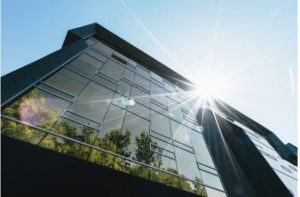4 Reasons for Hiring a K9 Security Team for Events
Man’s Best Friend is always looking out for you! Our furry four legged friend has been protecting us for ages, so why not use them for providing security at events? They have been serving us as house pets (or rather a family member), so no wonder (with roper training) they will excel at being excellent security forces. Some may think differently, but no need to, because a task force of dogs works like clockwork, when it comes to protection and discipline!
There are many companies that offer their services, but you should never stray past the reputed ones. Just have a look at testimonials and references and you will be able to find companies like K9 Patrol Ltd, who have the best security dogs and SIA (know more about it from Wiki!) approved contractor status.
- Why Should You Consider Hiring Security Dogs for Events?
It is not just about events! Dogs can offer top notch security for a variety of places like malls and airports to name some. The risks that a person might not be able to take to, the dogs have better ability to adapt and emerge victorious. Many event organizers have already turned to the four legged security force. Why are you still feeling sceptical about it? The dogs will do a fantastic job at securing the event!
Here are the perks that you will get to enjoy with the security dogs:
- Professional Behaviour: It is not a secret that dogs take training far better and faster than a human being! The dog handlers make sure that you have full security and professional behaviour from the dogs. They will never allow anybody to pet the dogs. Each event will be different from the other! One might have loud music, while another event might be peaceful, the dogs have been trained in such a way that nothing can distract or spook them! They ensure that your event will run as smoothly as possible.
- Versatile & Quick Response: The dogs have been trained to do a multitude of tasks, from sniffing to tackling perpetrators. Whatever the event and need of the hour, the K9 security members will complete it with a lot of gumption. Do not fall for their cute looks, behind those cute eyes are versatile security individuals!
- Enhanced Senses: Everybody knows about this! Dogs have better senses, and as such, are considered the best animals to be used as detection dogs. The best sense that dogs have is, the sense of smell. They have this amazing capability of sensing and differentiating between varieties of smells. This has made them a popular option for various places and events. If you hire reputed security forces, then you need not worry about training, because they will provide the highest standards of security.
- Enhanced Sense of Security: The visitors or attendees at the event always feel safe, when they see dogs around them. You might or might not like dogs, but everyone knows how loyal and protective creatures they are. Hence, the attendees of the event will feel more secure; and in the event of any issues, they will remain calm.
Dogs have been extensively used as therapy animals and pets, but even in the realm of security, they have been top performers. They fit into this role like a perfectly fitted glove! Almost tailormade!
Many people have a doubt — can man’s best friend attack a perpetrator (a human)? Well, they surely can, if they have been trained to, and feel others are threatened by that man! It would seem as if they can sieve out the bad from the good (to everyone’s benefit)!
For this reason, you need good handlers and excellent trainers, which a reputed K9 security company will be able to provide. Call upon the dogs, and see your event run without a glitch!


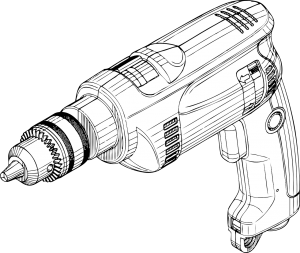 Ladder Safety
Ladder Safety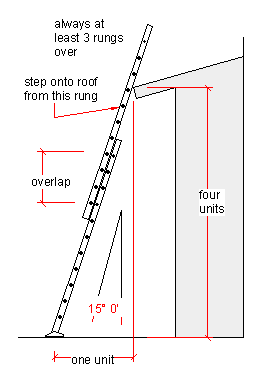
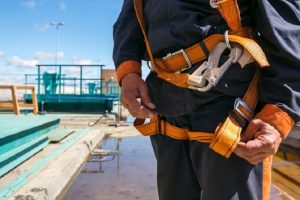 Simply providing the employees their monthly salary will not do. As an employer, you must take necessary steps to save them from any type of accident or injury. This is important from the point of workers’ safety and from the point of your business reputation as well. Worker’s law of your state is really strict and if any worker is injured while working, your business place may be shut down or you may have to give hefty amount as compensation. To avoid such circumstances, it is better to choose suitable height safety system. Workplace must be safe for working to ensure the well-being, health and safety of employees.
Simply providing the employees their monthly salary will not do. As an employer, you must take necessary steps to save them from any type of accident or injury. This is important from the point of workers’ safety and from the point of your business reputation as well. Worker’s law of your state is really strict and if any worker is injured while working, your business place may be shut down or you may have to give hefty amount as compensation. To avoid such circumstances, it is better to choose suitable height safety system. Workplace must be safe for working to ensure the well-being, health and safety of employees.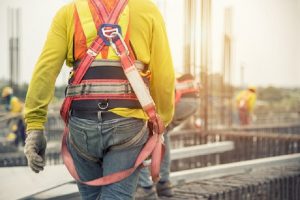


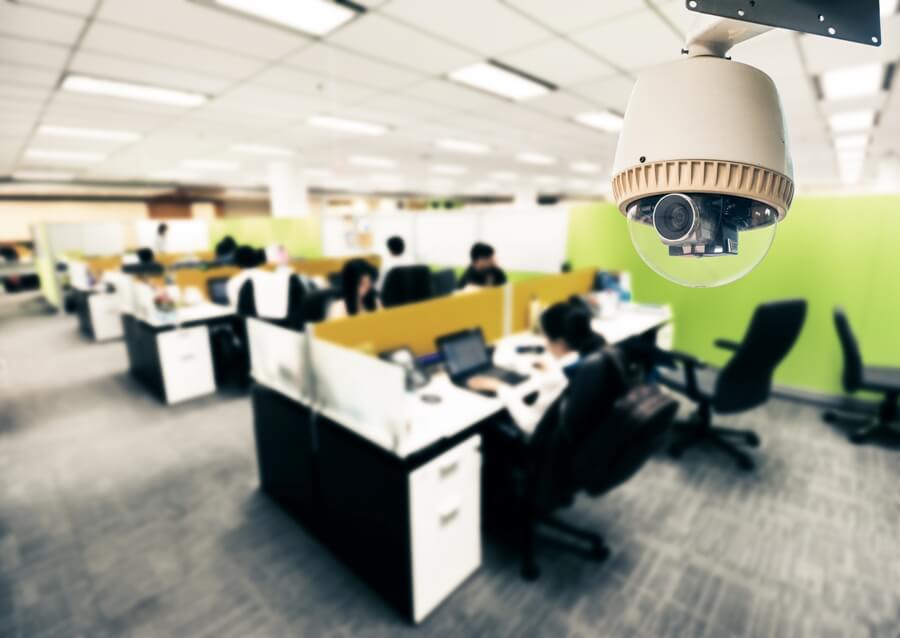 Workplace Security
Workplace Security